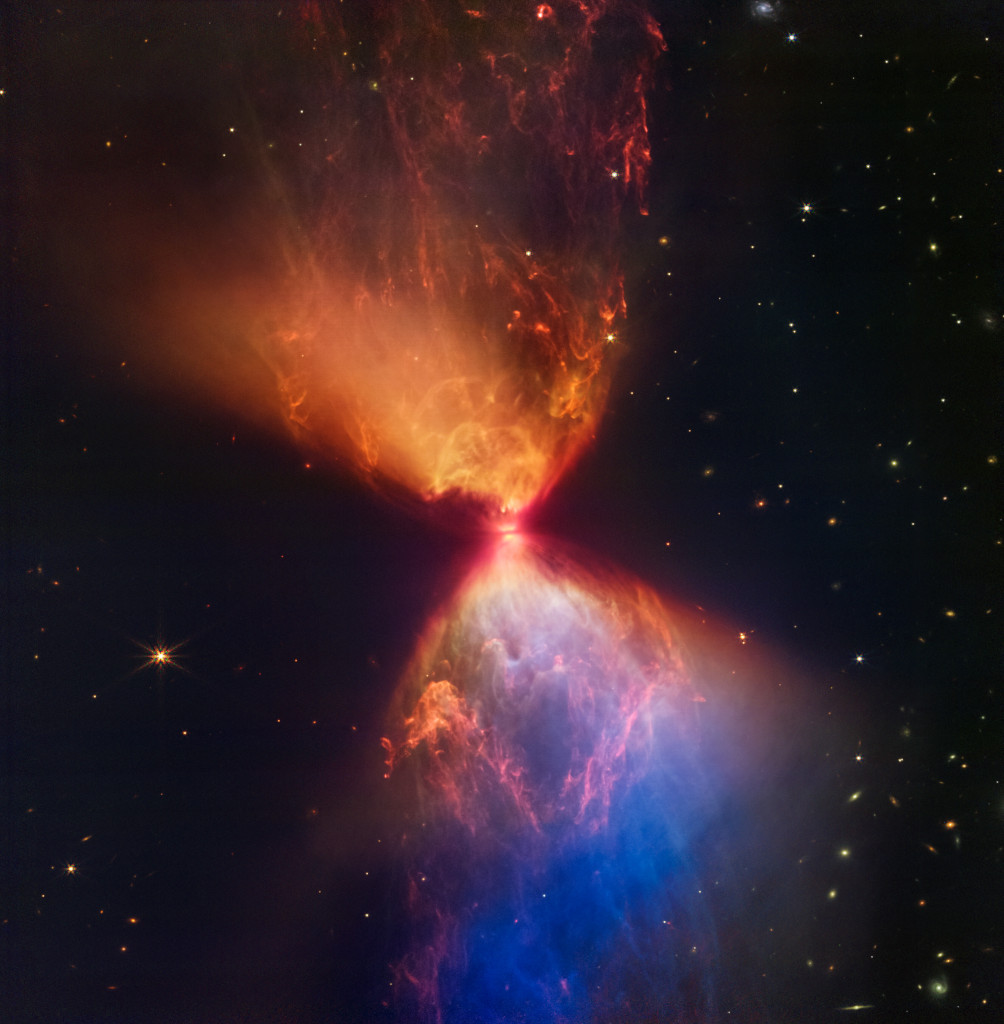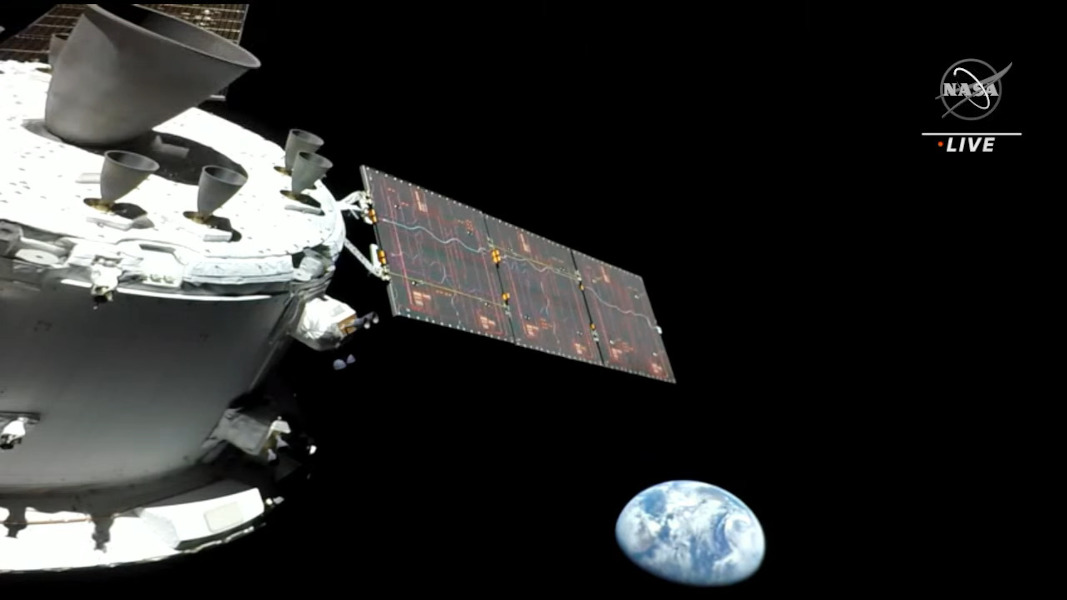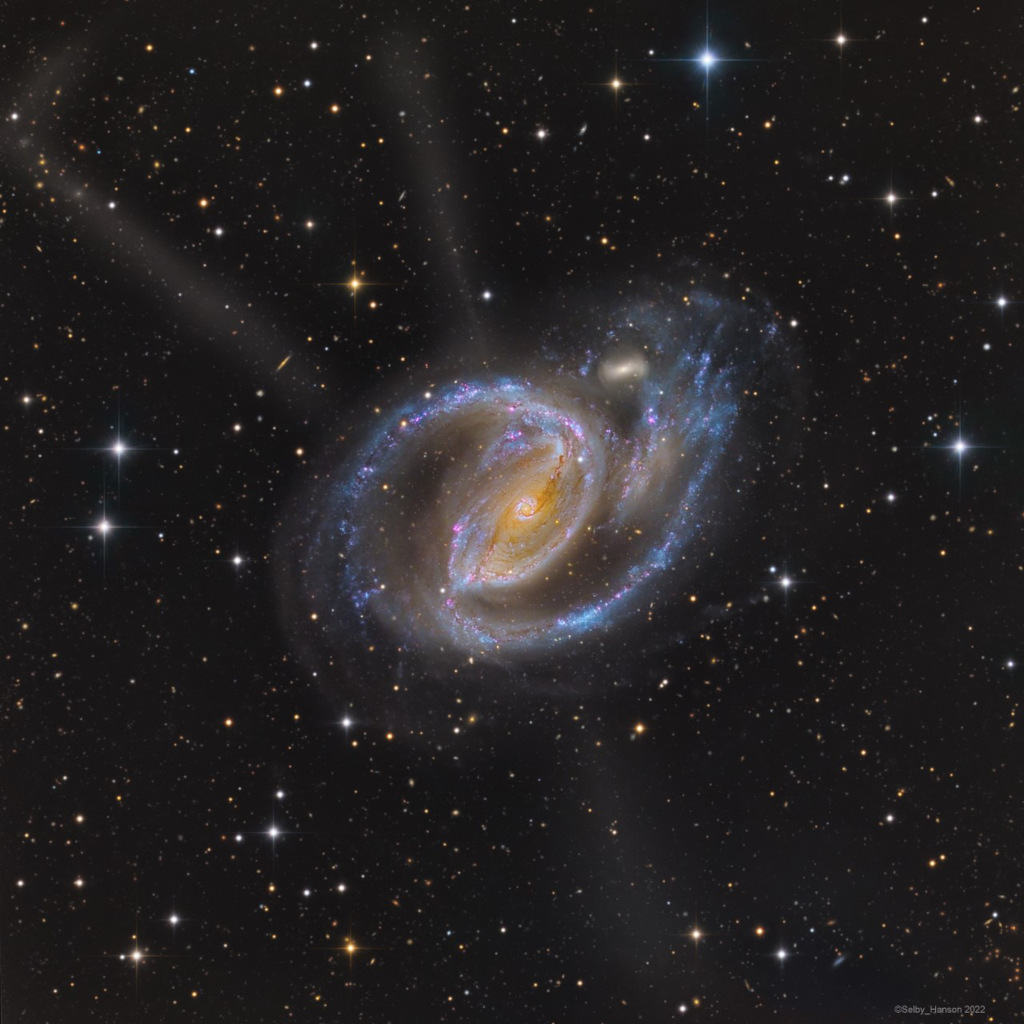
The Protostar within L1527


NASA will host a news conference at 5 p.m. EST Friday, Nov. 18, from the agency’s Johnson Space Center in Houston to preview Orion’s entry into the Moon’s sphere of influence and the pair of maneuvers that will propel the spacecraft into a distant retrograde lunar orbit.
from NASA https://ift.tt/9z4ltFW
via IFTTT
NASA and the Government of Japan on Thursday announced further contributions by Japan to Gateway, a key component of the agency’s Artemis missions for long-term lunar exploration.
from NASA https://ift.tt/rGgX2Vb
via IFTTT



Following a successful launch of NASA’s Space Launch System (SLS), the most powerful rocket in the world, the agency’s Orion spacecraft is on its way to the Moon as part of the Artemis program.
from NASA https://ift.tt/RUD5CS1
via IFTTT

For the 12th consecutive year, NASA has received an unmodified or “clean” opinion from an external auditor on its fiscal year 2022 financial statements.
from NASA https://ift.tt/ZX1lLp2
via IFTTT
NASA has awarded a contract modification to SpaceX to further develop its Starship human landing system to meet agency requirements for long-term human exploration of the Moon under Artemis.
from NASA https://ift.tt/eVuaikY
via IFTTT